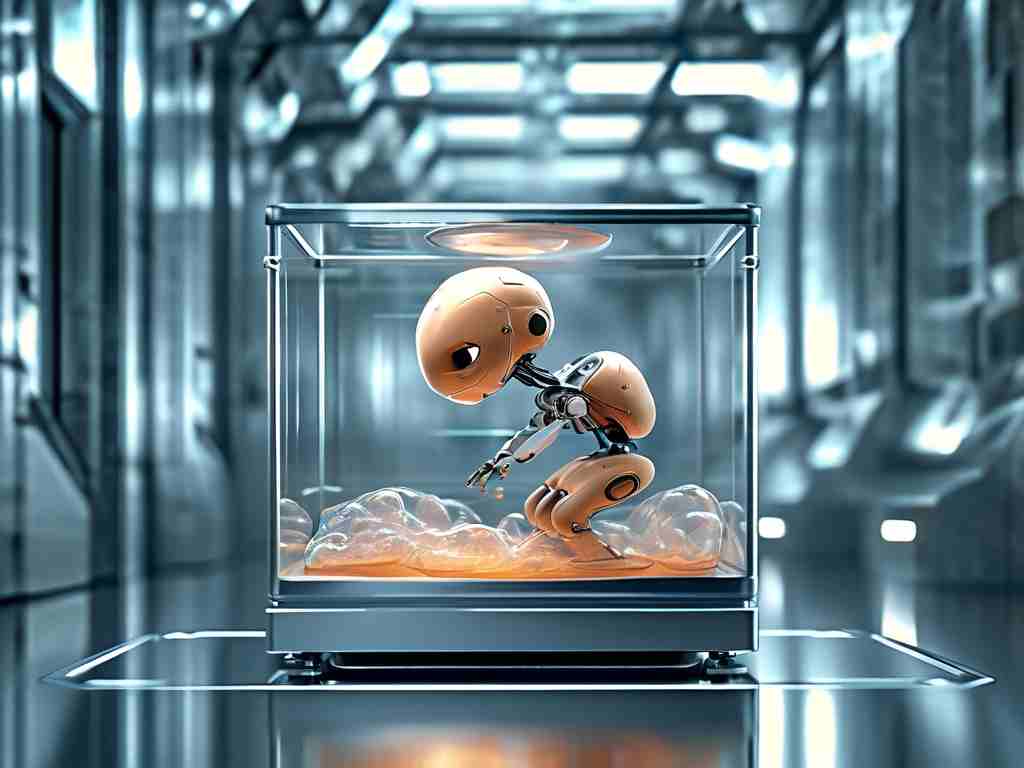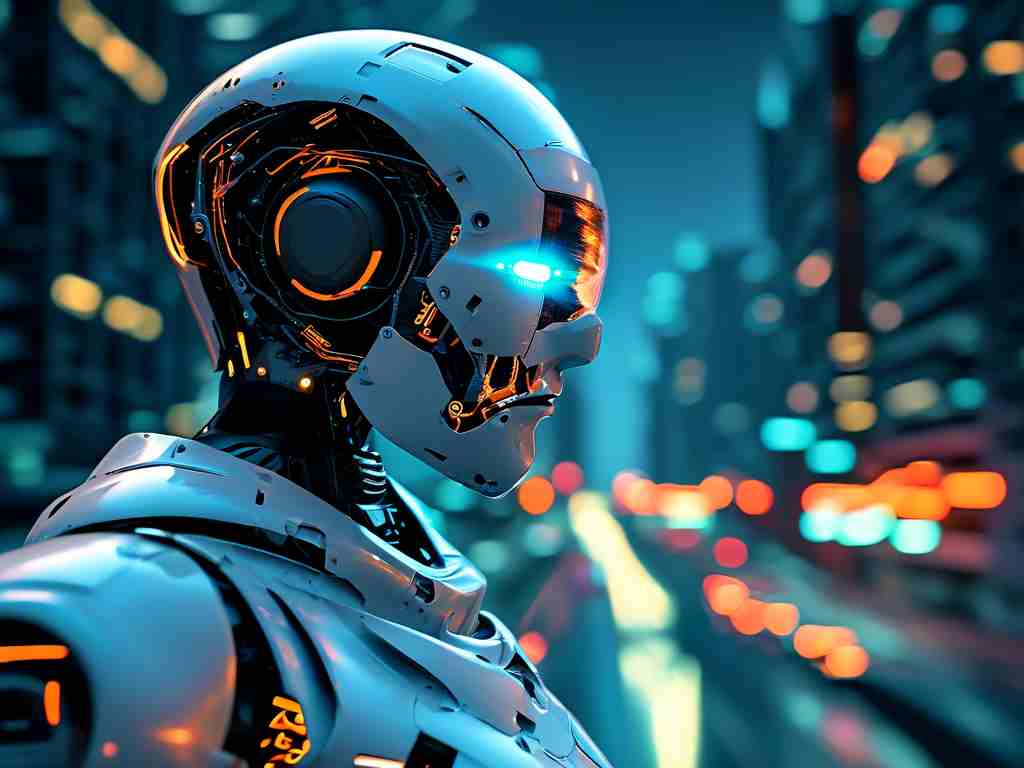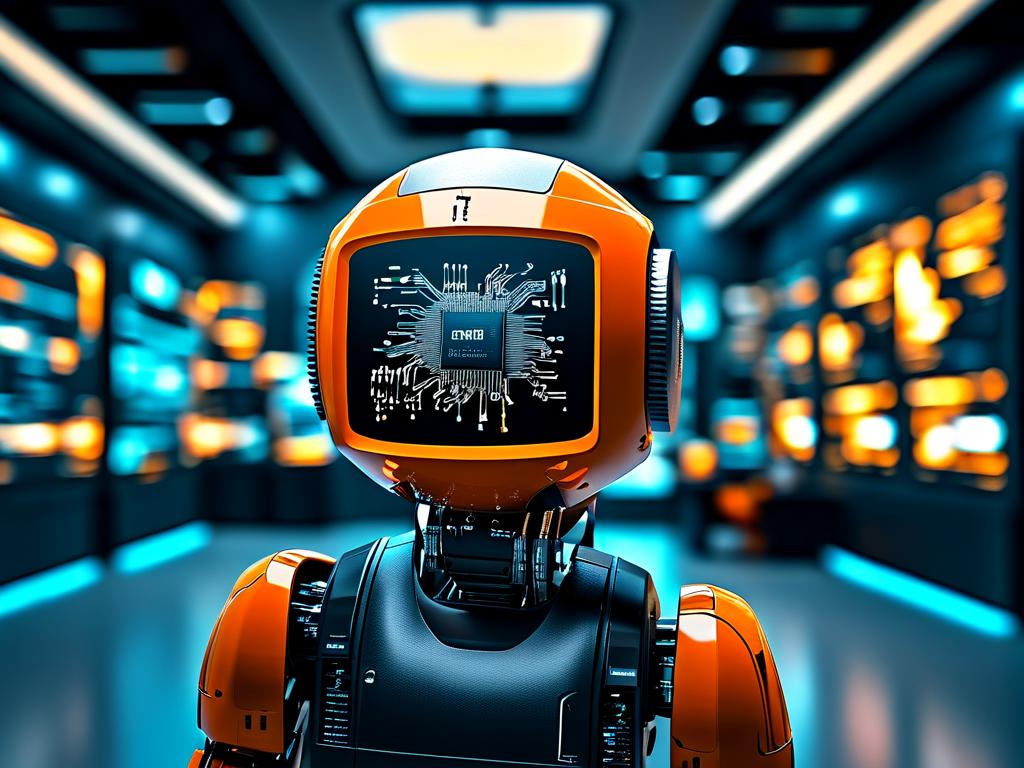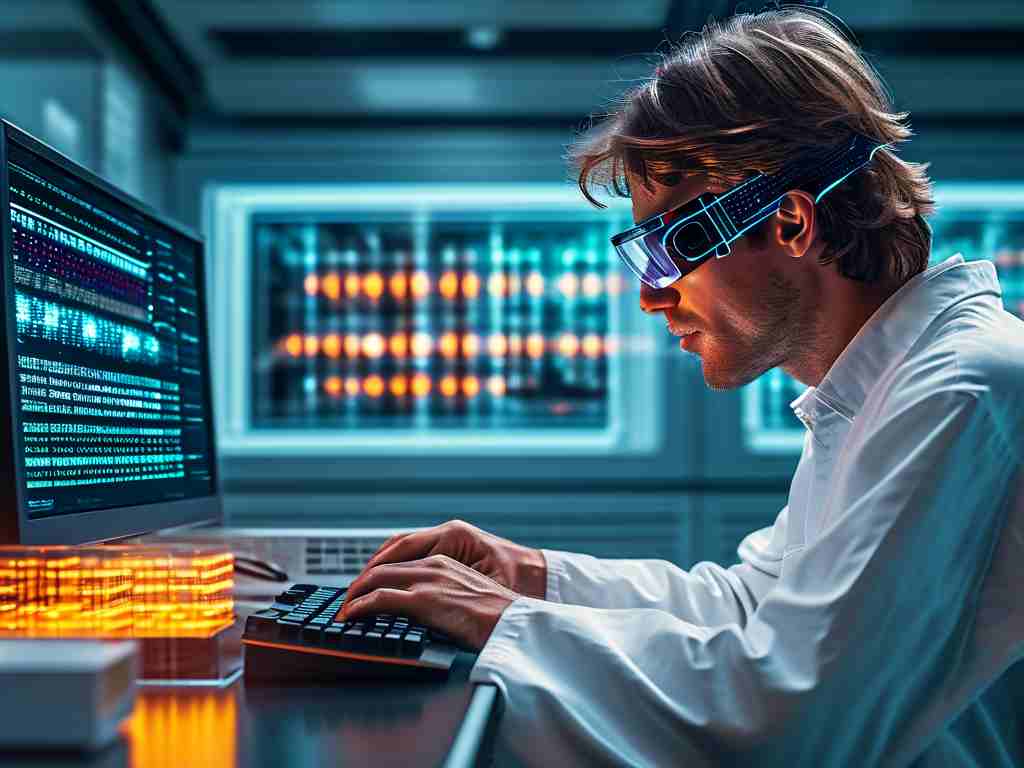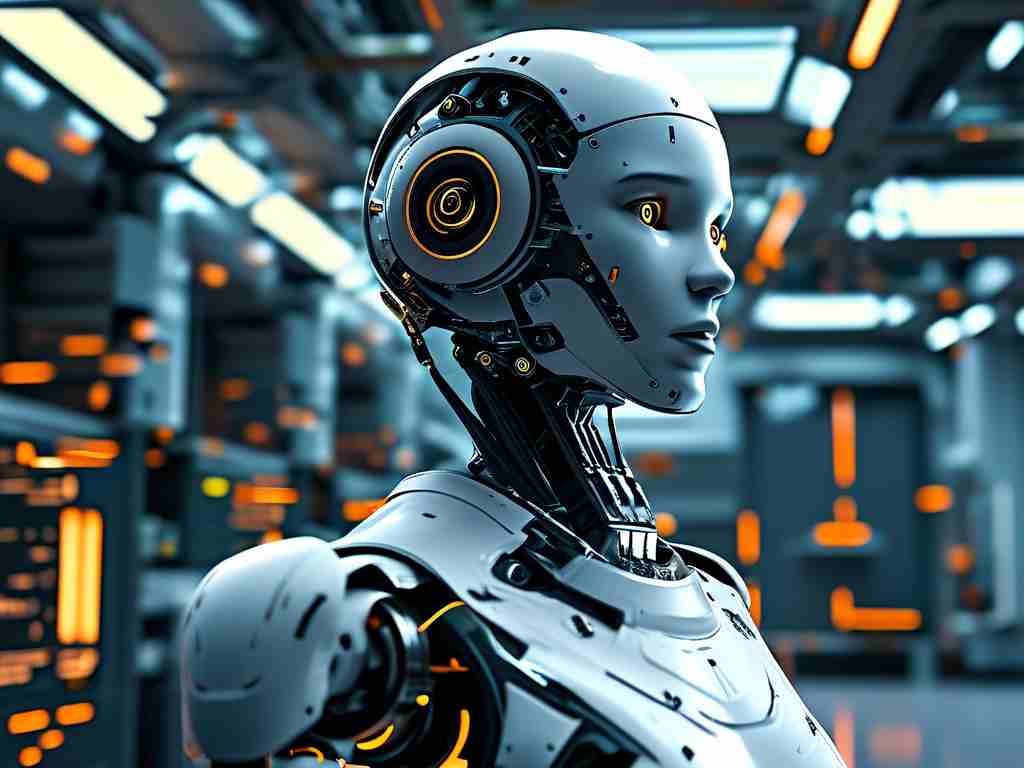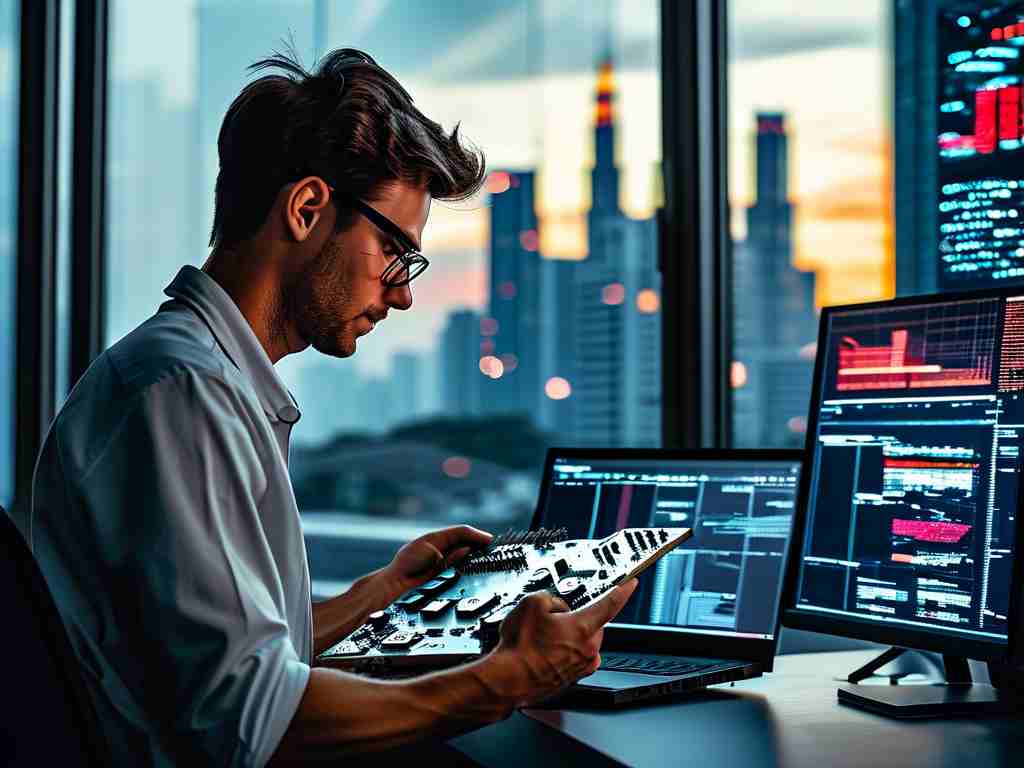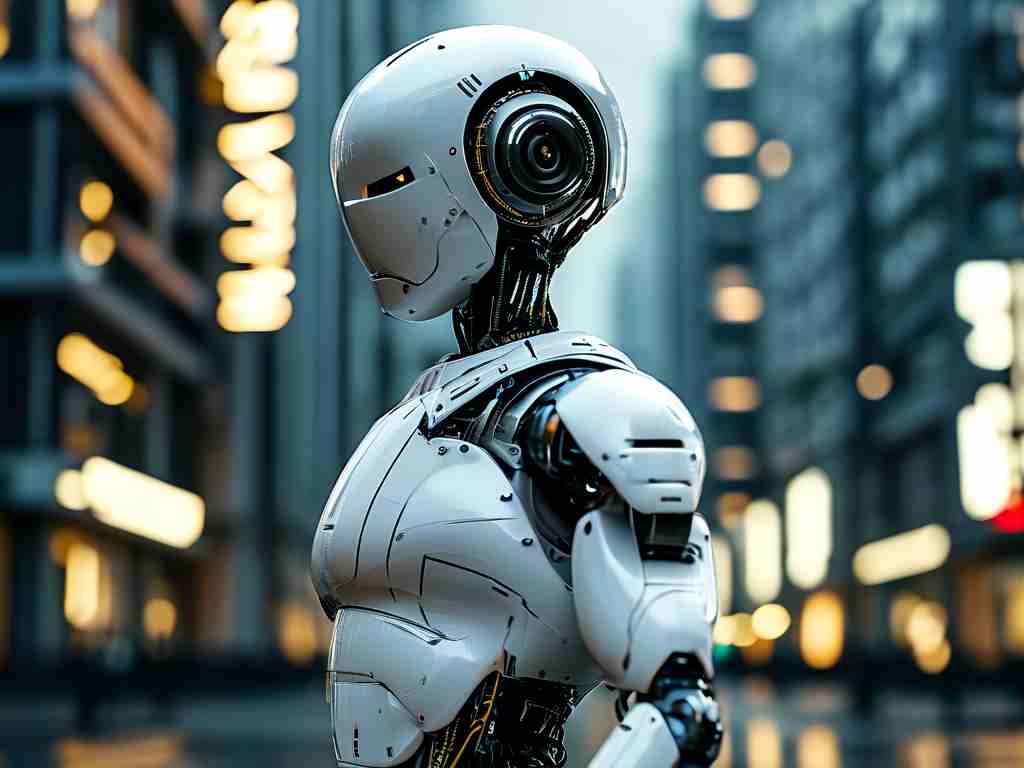The rapid advancement of artificial intelligence has redefined the boundaries of robotics, merging computational intelligence with mechanical precision. This convergence is reshaping industries and daily life, yet its underlying mechanisms remain a subject of fascination and scrutiny. Unlike traditional programmable machines, modern AI-driven robots leverage adaptive learning frameworks, enabling them to navigate complex environments with human-like decision-making capabilities.
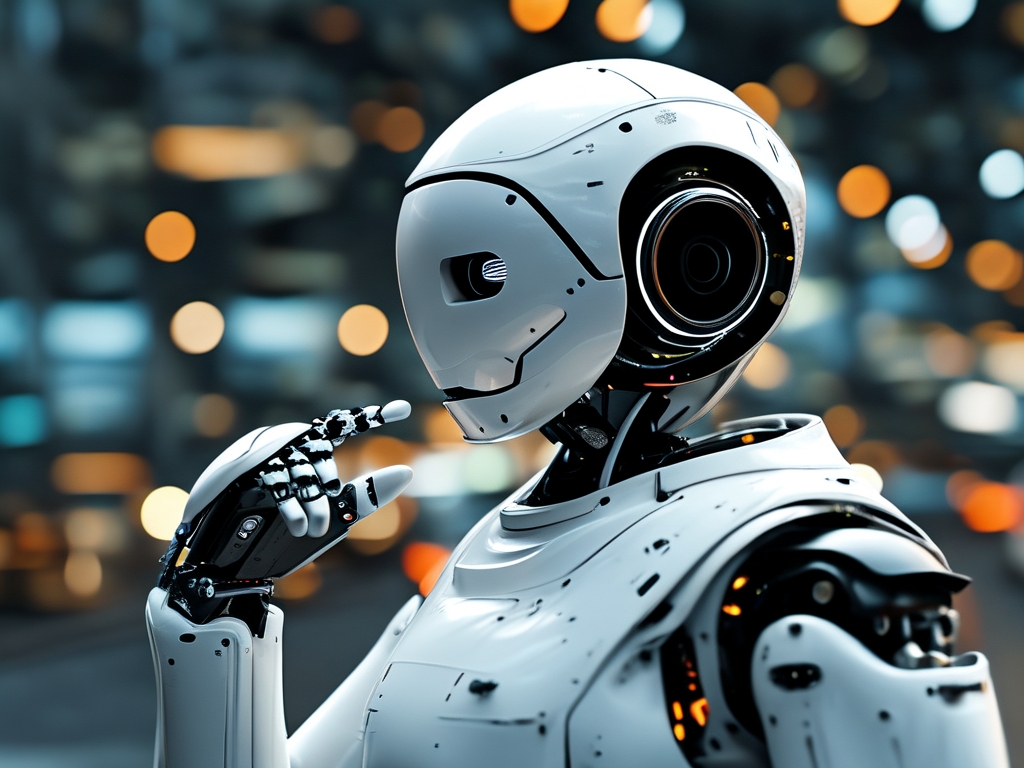
At the heart of this transformation lies deep reinforcement learning (DRL), a subset of machine learning where robots optimize actions through trial-and-error interactions. For instance, warehouse logistics robots now dynamically adjust their paths using real-time data from embedded sensors, avoiding obstacles without pre-mapped routes. This contrasts sharply with earlier systems reliant on static programming, showcasing how AI injects flexibility into rigid hardware.
Another breakthrough emerges in computer vision integration. Advanced convolutional neural networks (CNNs) allow robots to interpret visual data with unprecedented accuracy. Agricultural robots exemplify this by distinguishing crops from weeds using multispectral imaging, reducing herbicide use by 60% in pilot projects. Such applications highlight how AI transforms raw sensory input into actionable insights, a leap from rule-based image recognition methods.
However, autonomy introduces unique challenges. Energy efficiency remains a critical hurdle, as high computational demands drain battery life. Researchers are experimenting with neuromorphic chips that mimic biological neural networks, slashing power consumption by 80% in prototype service robots. These chips process data locally, reducing reliance on cloud computing—a vital step for robots operating in remote or resource-constrained settings.
Ethical considerations also surface as robots gain decision-making autonomy. The “black box” nature of deep learning models complicates accountability in scenarios like medical robotics. A surgical robot trained on millions of simulated operations might choose an unconventional incision method. While potentially life-saving, such decisions require explainable AI frameworks to build trust among practitioners and patients.
Looking ahead, hybrid architectures combining symbolic AI with neural networks promise enhanced reasoning. Industrial maintenance robots in Germany’s Siemens facilities now use this approach, diagnosing equipment faults by cross-referencing sensor data with structured technical manuals. This blend of statistical learning and knowledge representation bridges the gap between pattern recognition and logical deduction.
The human-robot collaboration frontier is equally transformative. Collaborative robots (cobots) in manufacturing employ force-limiting joints and AI-driven gesture recognition, enabling safe interaction with human workers. At BMW’s Spartanburg plant, these cobots learn assembly techniques by observing veteran technicians, reducing training time by 40% while preserving institutional knowledge.
As quantum computing matures, its integration with robotic systems could solve optimization problems intractable for classical computers. Imagine disaster-response robots calculating evacuation routes through collapsing structures in milliseconds—a capability that might redefine emergency management paradigms.
Yet for all its sophistication, AI robotics still struggles with contextual adaptability. A household robot might flawlessly execute predefined tasks but falter when confronted with novel situations like rearranged furniture. MIT’s recent “neuro-symbolic” approach addresses this by combining neural networks with causal reasoning models, enabling robots to infer physical relationships between objects.
In , the fusion of AI and robotics isn’t merely about smarter machines—it’s about creating systems that evolve alongside human needs. From molecular-scale nanorobots targeting cancer cells to autonomous construction drones rebuilding after natural disasters, this synergy is forging tools that amplify human potential while confronting technical and philosophical frontiers. As algorithms grow more refined and hardware more responsive, the next decade will likely witness robotic systems transitioning from specialized tools to ubiquitous partners in humanity’s progress.


